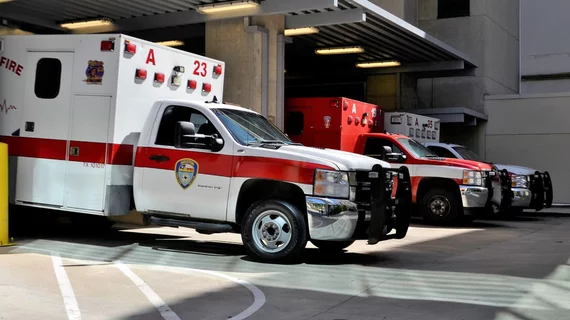Urban trauma centers demonstrate disaster preparedness nearly every day
As incidents producing mass casualties can occur anywhere at any time, leadership at trauma centers of all levels do well to prepare. A good place to start is learning from the experiences of urban hospitals dealing with shooting victims every day or close to it.
So suggest researchers who found that hospitals in the Philadelphia area responded to the equivalent of 54 mass-casualty incidents over an 11-year period.
The work was lead-authored by Jessica Beard, MD, MPH, of Temple University and published online April 10 in the Journal of the American College of Surgeons.
Drawing data from the Philadelphia Police Department’s registry of shootings from 2005 to 2015, Beard and colleagues looked at firearm-injured patients arriving at trauma centers in “clusters,” meaning within 15 minutes of one another.
They calculated the number of such clusters for each hospital in the registry and analyzed trends in cluster rates.
Of more than 14,000 gunshot victims, the team found, more than 22% arrived within a cluster.
Along with the 54 equivalents of mass-casualty events—comprised of clusters in which four or more victims arrived within the 15-minute window—another 92 situations saw four or more present to a Philly trauma center within 60 minutes.
Interestingly, compared with the overall firearm-injured patient population in the study, those who came in during clustered periods were more likely to be female. They also were more often injured at night and less likely to die.
Beard and co-authors concluded that the experience of receiving gunshot victims in clusters is common to the Philadelphia area and is “likely to occur at similar rates in other urban centers. Thus, the immediate burden on healthcare resources caused by multiple firearm-injured patients presenting within a short period of time is not limited to traditionally defined mass shootings.”
Beard expounded on these points in a news item posted by Temple Health.
“From a trauma system perspective, it is important to document and monitor the frequency and magnitude of clustered arrivals of firearm-injured patients,” she said. “With a better understanding of the burden [these] clusters have on our hospitals and trauma systems, improved resource allocation and management plans for multiple patient scenarios can be developed to avoid mass casualty incidents.”

